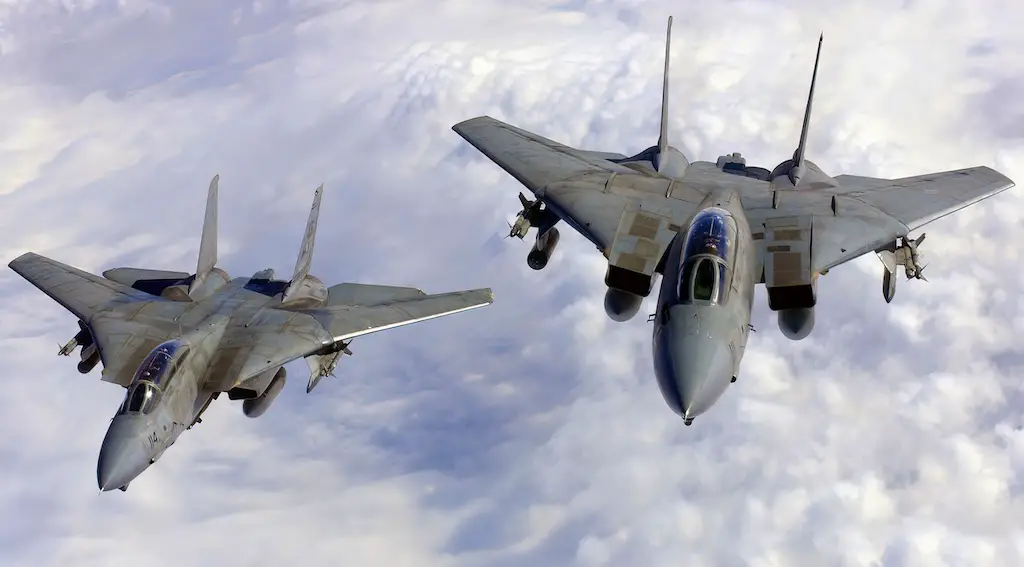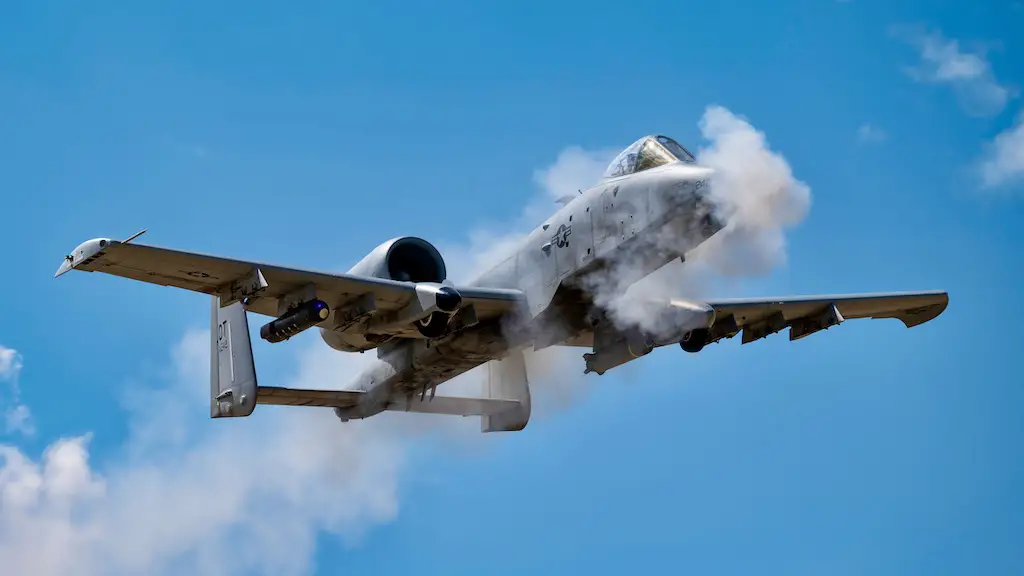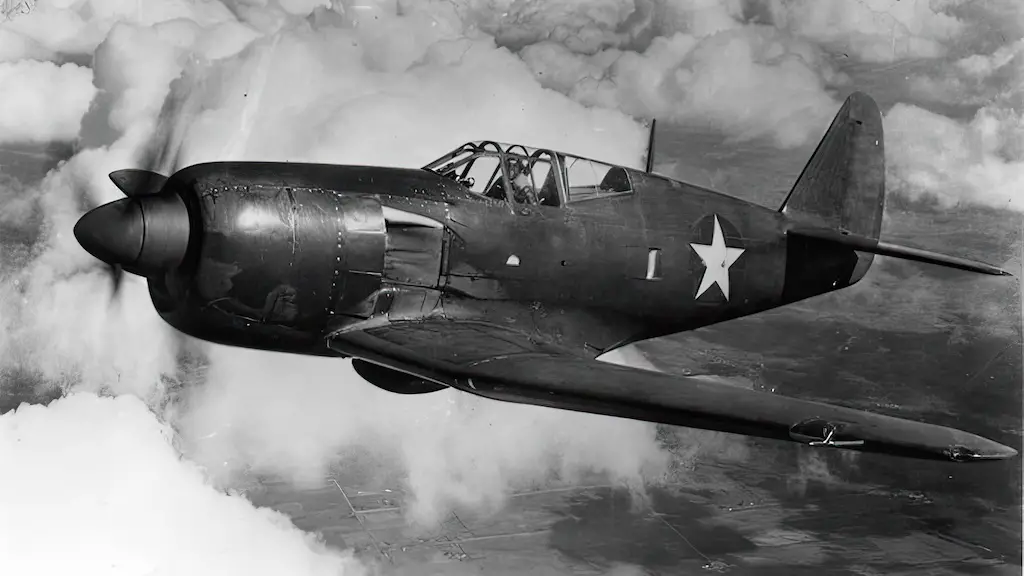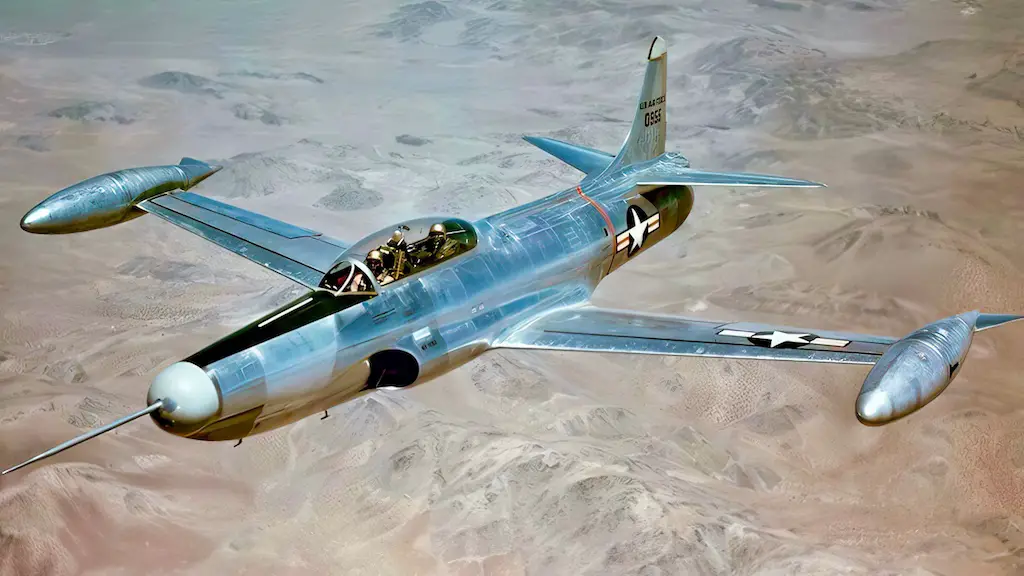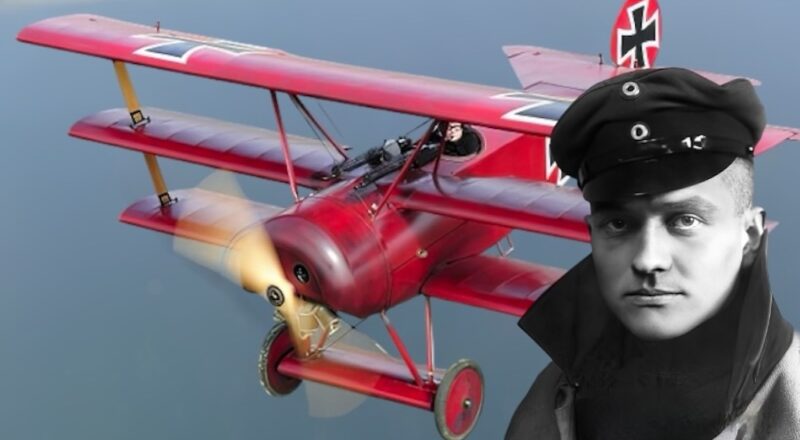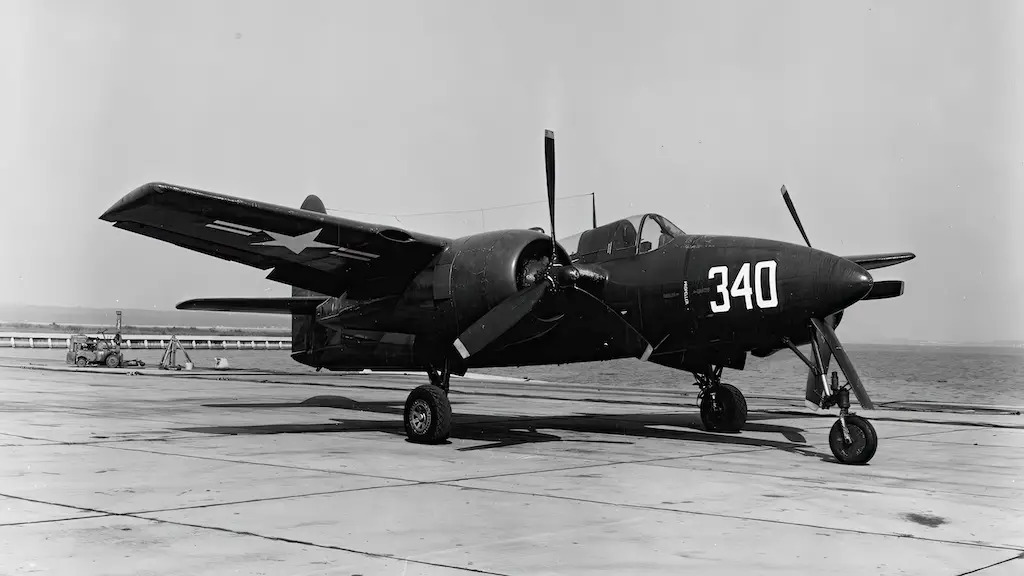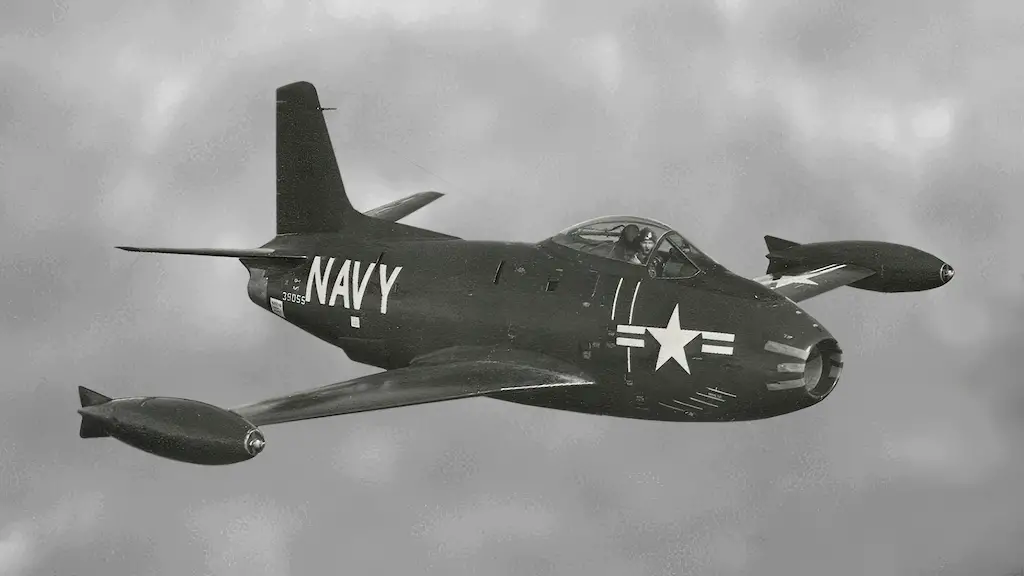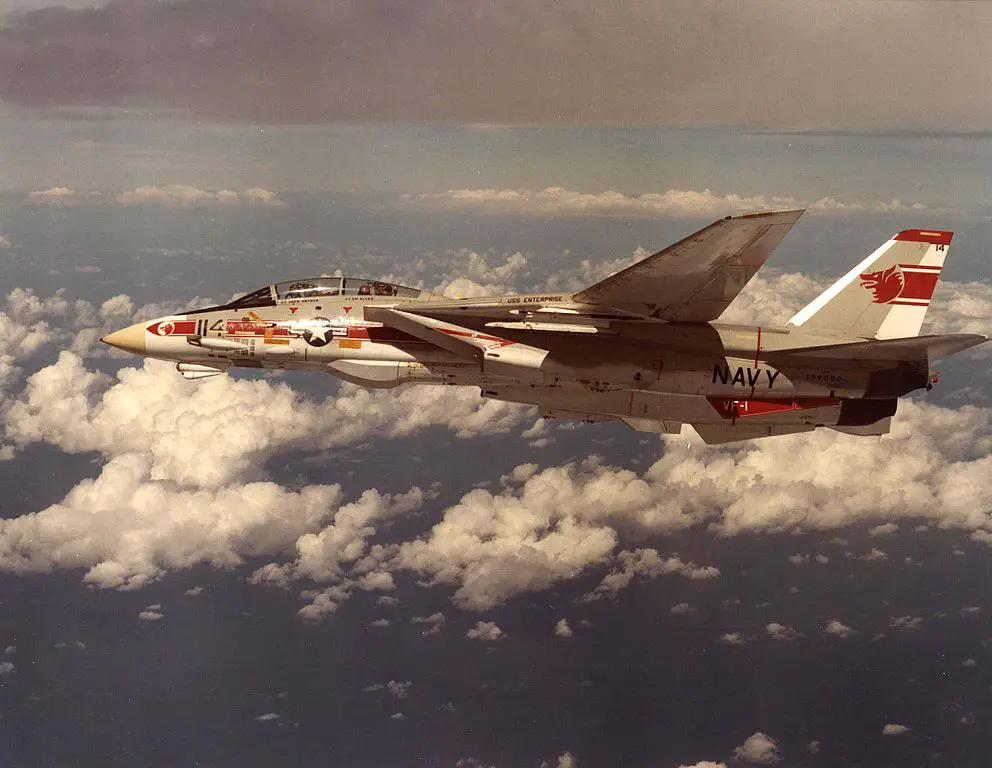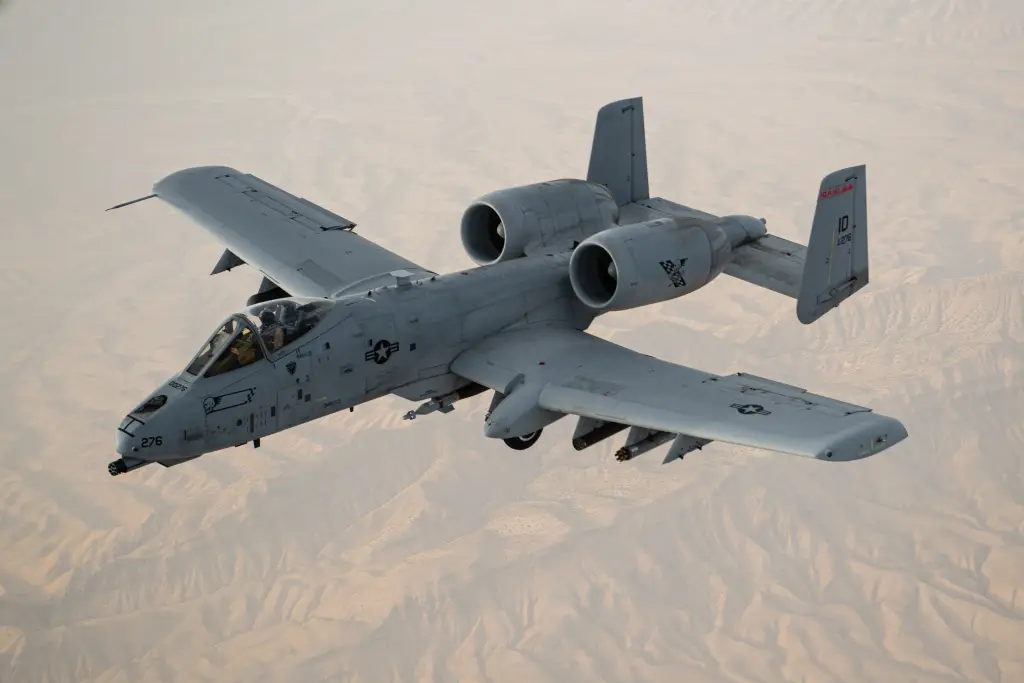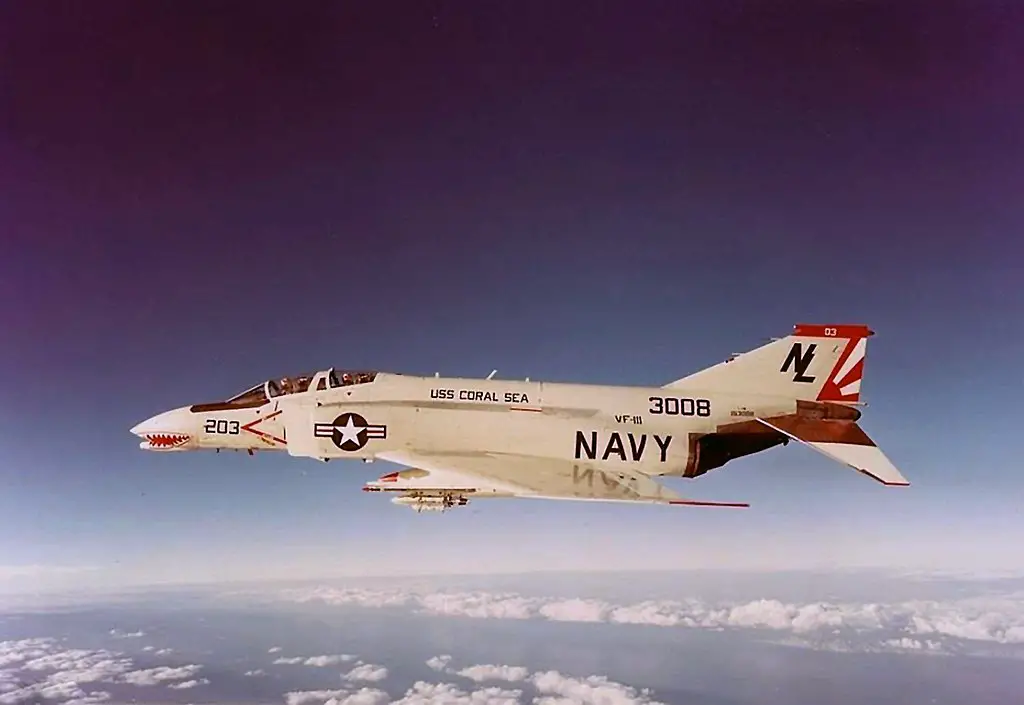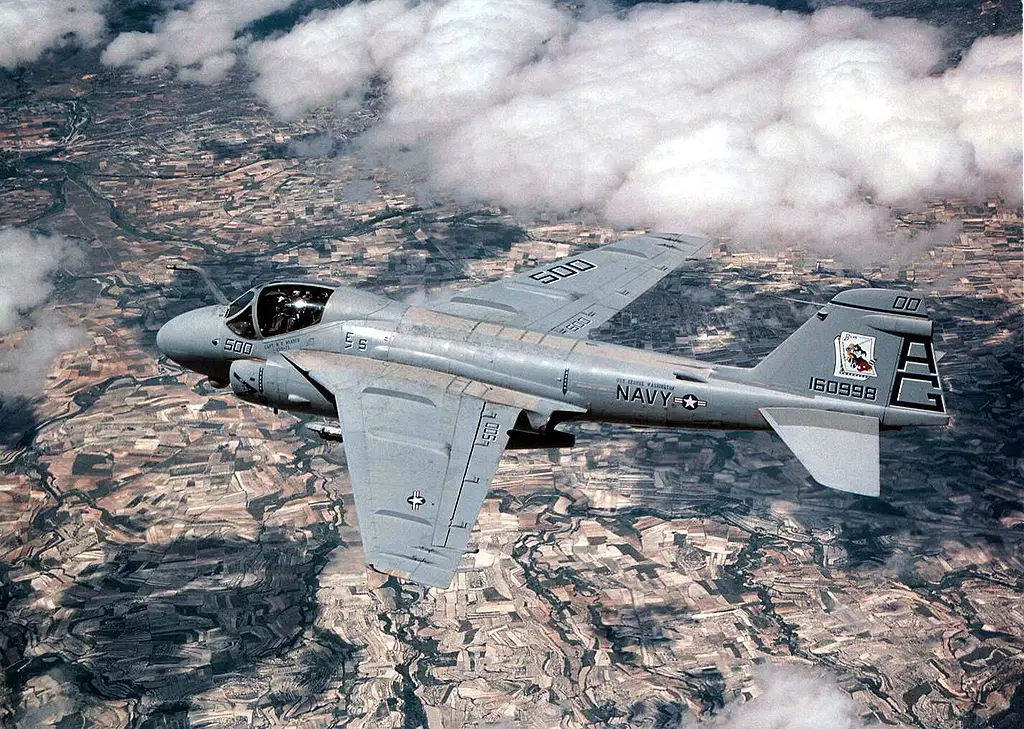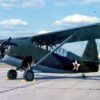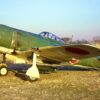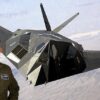Multirole aircraft are essentially a compromise of capabilities, a jack of all trades. Yet, being a jack of all trades entails that you are not a master at one thing. The same concept applies to aircraft; one that is designed and built for a specific purpose will inherently excel in that role.
For instance, the popular A-10 Thunderbolt II, built around its iconic 30mm cannon, was the Air Force’s first aircraft designed exclusively for close air support. The mission-specific design also made the F-14 Tomcat an exceptional Cold War fighter interceptor.
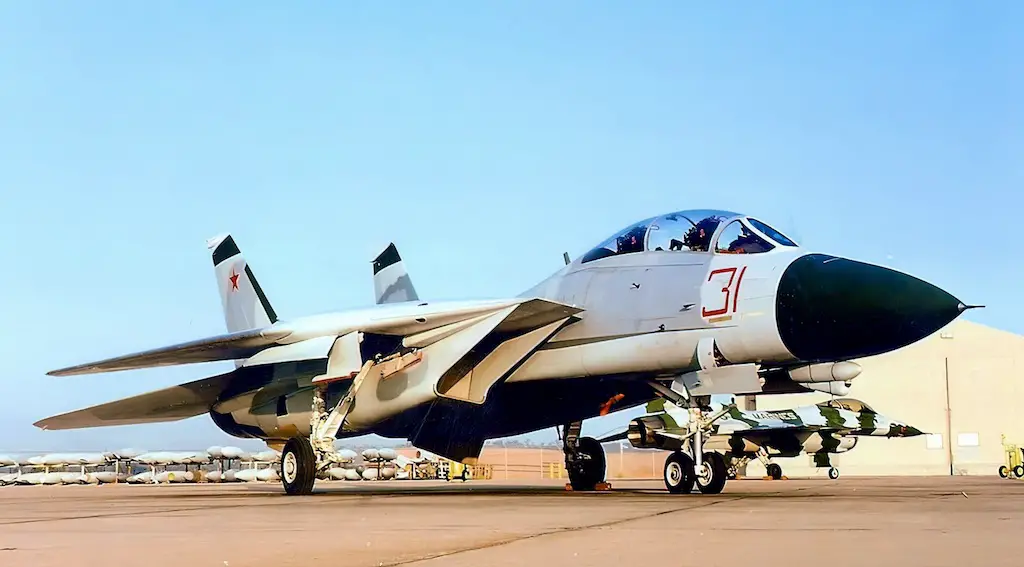
Necessity Breeds Innovation
During the late 1950s, the Soviet Union posed a new and serious threat to the US Navy’s carrier battle groups through long-range anti-ship missiles. At the time, Soviet jet bombers were capable of deploying such missiles from beyond the protection of prominent Navy fighters such as the F-4 Phantom II. The Navy variant of the F-111 Aardvark, the F-111B had the potential to serve as the Navy’s Fleet Air Defense fighter. It had a variable-geometry wing design and powerful engines but suffered from heavy weight and poor manoeuvrability.
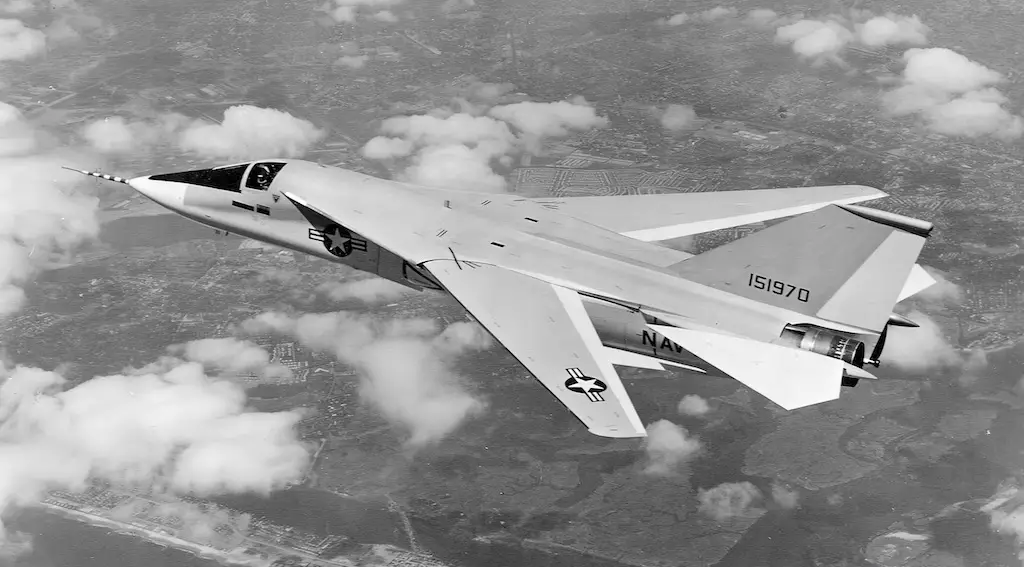
In 1966, the Navy awarded Grumman, who had partnered with General Dynamics on this project, a contract under which they would refine the F-111B, but the project was cancelled after two years. This allowed the Navy to propose the Navy Fighter Experimental Program or VFX, as it came to be known. VFX called for a two-seater, twin-engine, and air-to-air fighter with a top speed of Mach 2.2.
Specifications
Having learned from experiences in Vietnam, the aircraft’s armament was to be a 20mm M61 Vulcan cannon along with either six AIM-54 Phoenix missiles or a combo of six AIM-7 Sparrow and four AIM-9 Sidewinder missiles. Grumman reused the variable-geometry wing and TF30 engine from their previous research on the F-111B. In addition, its VFX prototype was built around the powerful AWG-9 radar and AIM-54 Phoenix missile type.
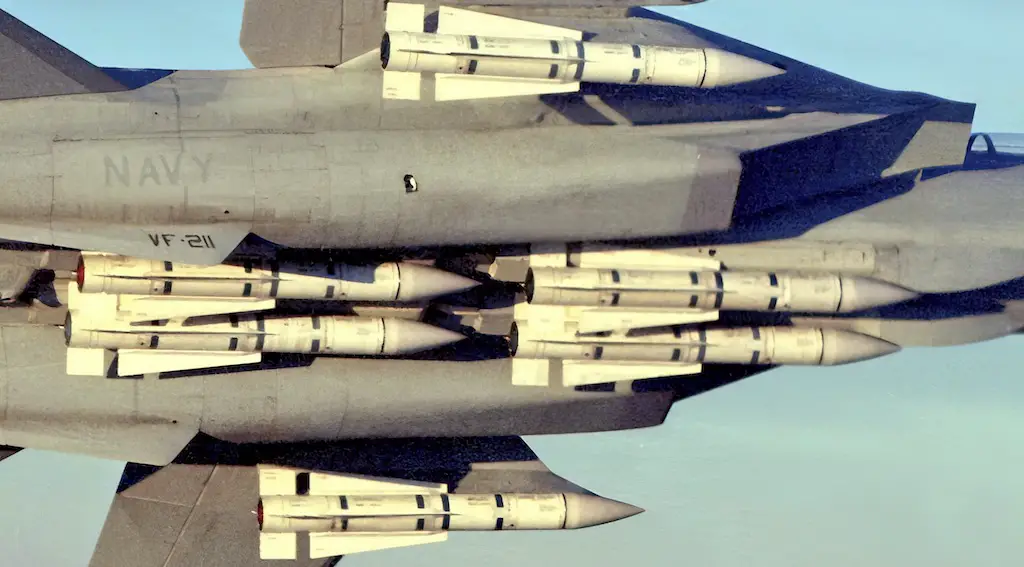
Given its requirement to carry an internal fuel load of 16,000 lbs, the new aircraft was large and heavy, yet still lighter and far more manoeuvrable than the F-111B. Grumman was awarded the VFX contract in January 1969, and its design was designated the F-14.
The F-14 Tomcat
On December 21, 1970, the F-14’s first flight took place and it reached initial operational capability in 1973. The F-14 excelled in its roles as the Navy’s air superiority fighter and fleet defence interceptor. This was largely due to its Phoenix, Sparrow, and Sidewinder missile upgrades.
In the 1990s, the upcoming retirement of the A-6 Intruder led to the revival of the F-14 air-to-ground program and, in 1992, the F-14 was authorised to drop unguided bombs.
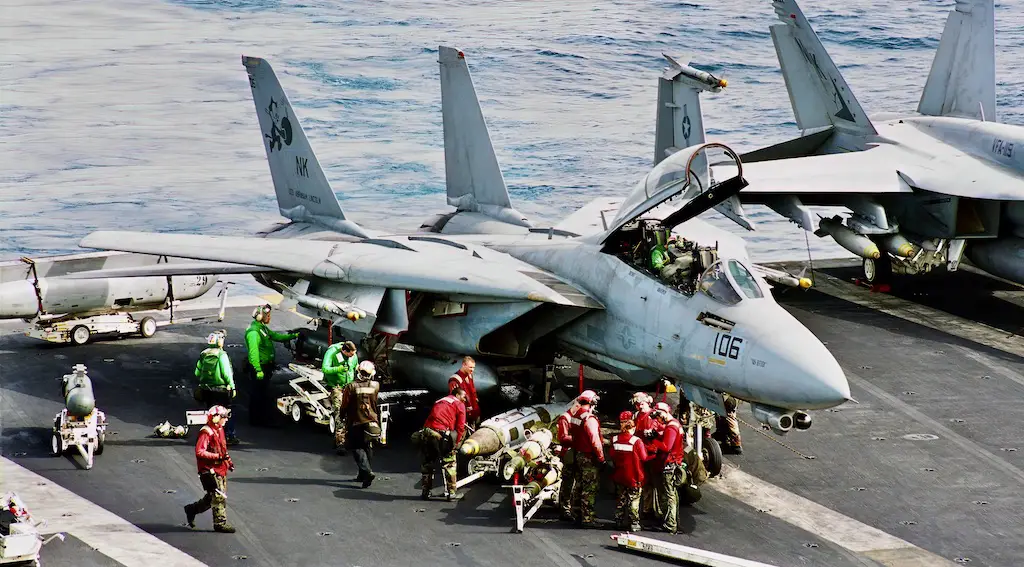
The F-14 underwent avionics and cockpit upgrades to make way for precision-guided munitions and increase its defensive capabilities during ground attacks following Operation Desert Storm in 1990-1991. In traditional military humour, the F-14 was dubbed the “Bombcat” when equipped with ground-attack ordinance.
F-14 Trivia
Fascinatingly, the Tomcat’s name was chosen partially on behalf of Vice Admiral Thomas F. Connolly who helped develop the aircraft and because of Grumman’s tradition of naming its fighter aircraft after felines. The fighter was given the nickname “Tom’s Cat” throughout the program which then transitioned into Tomcat.
The Tomcat’s logo was developed by Grumman artist Jim Rodriguez at the request of former Blue Angels No. 5 pilot Norm Gandia. The Tomcat slogan, “Anytime Baby!” was also the brainchild of Gandia who created it as a challenge to the Air Force’s F-15 Eagle.
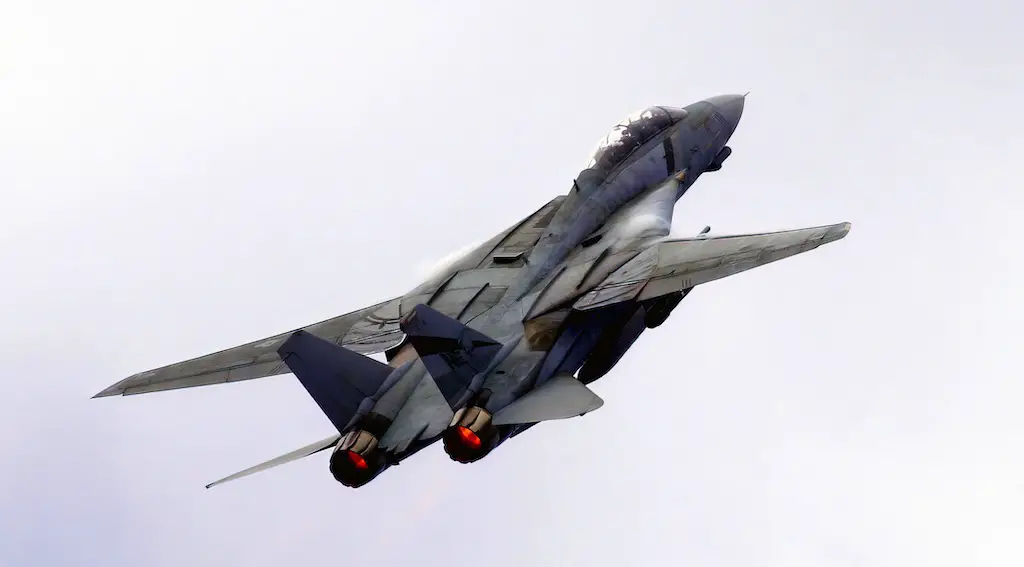
Although the F-14 is now retired, its legacy from the Cold War into the Gulf Wars makes it an integral part of the service’s history. Moreover, its appearance in media like the TV series JAG and both of the Top Gun motion pictures have etched it into popular culture for generations to come.

